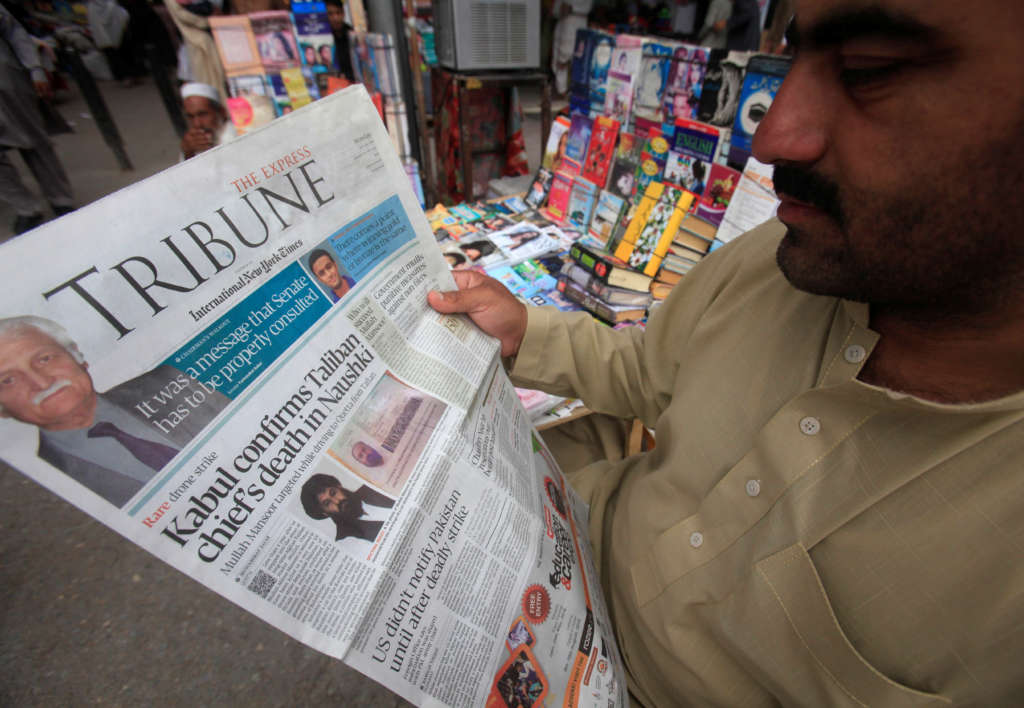Kabul-The photo of the Afghan Taliban chieftain has triggered a flurry of speculation over the motive behind its release soon after Haibatullah Akhundzada was appointed as the group’s leader.
Only a grainy image of Mullah Omar, the insurgent group’s secretive one-eyed founder who died two years ago, was published and the Taliban released a coarse handout photo of his successor Mullah Akhtar Mansour.
So why was a high-resolution portrait photo, showing Akhundzada with a salt-and-pepper beard, circulated just days after Mansour was incinerated in a U.S. drone strike in Pakistan? And who was behind it?
Those questions have prompted an international avalanche of social media speculation.
Taliban spokesman Zabihullah Mujahid said the group had not intended to release his picture but was forced to confirm its authenticity after it made a splash online.
“We don’t know who did it,” he told Agence France Presse.
Taliban expert Rahimullah Yousafzai suggested the picture may have been released by insurgent sympathizers rather than the group.
“The new Taliban chief is an Islamic scholar and he too will not like a picture of his in the media,” he said.
“But now that it has been published they have no way to take it back,” he added.
The clarity of the image has led some to speculate that intelligence agencies were behind its circulation.
“The clear portrait shot… looks like something from the archives of a security agency,” one Western official in Kabul said.
When the Taliban ruled Afghanistan between 1996 and 2001, almost all electronic products were outlawed as un-Islamic.
Photographs of living things were illegal.
But the Taliban have avidly embraced electronic communication and social media in recent years as a recruitment tool and to promote their propaganda.
“We know that we can’t go forward without the help of media,” the member of the media commission said.
Asked about the Taliban’s new leader, U.S. President Obama said he was not optimistic about a change for the better any time soon despite the drone strike that killed Mansour, who had refused to engage in reconciliation talks with Afghanistan’s government.
Akhundzada has signaled intentions to continue Mansour’s aggressive approach. But Obama said he never expected “a liberal Democrat” to be the newly appointed leader of the Taliban.
“In the short term, we anticipate the Taliban will continue to pursue an agenda of violence,” Obama said on Thursday.
He added that he was hopeful that eventually “when there are those within the community that surround the Taliban that recognize their goals are best achieved by negotiations.”
